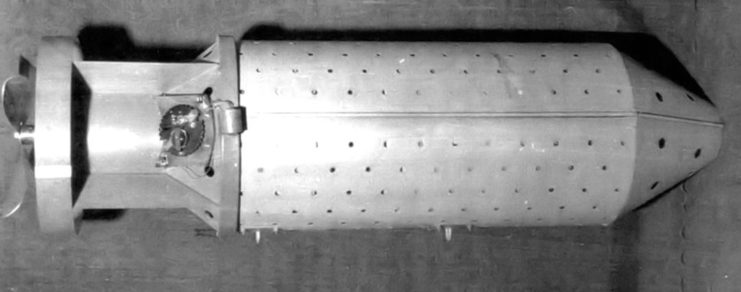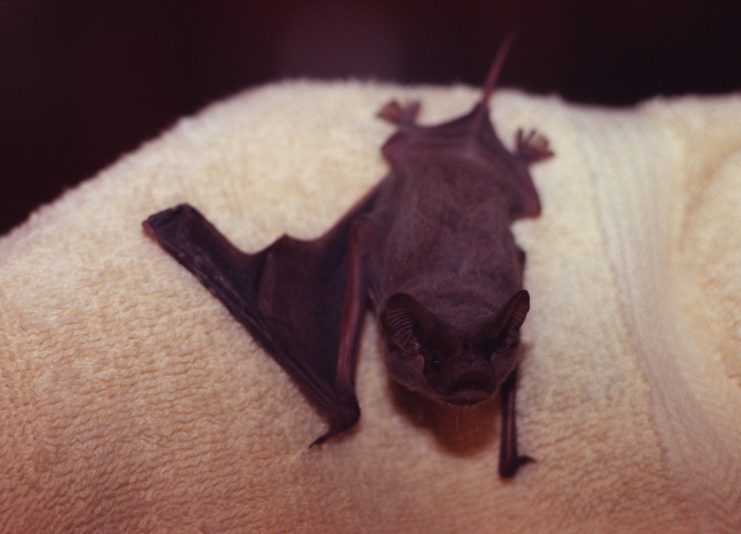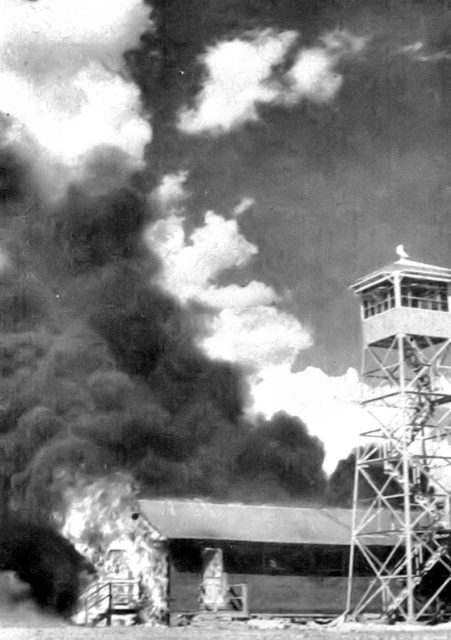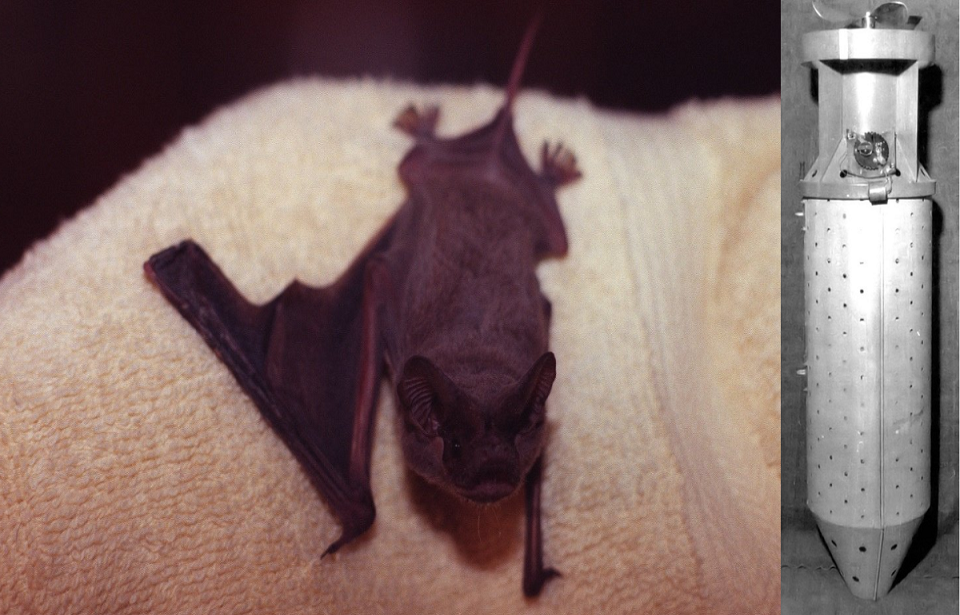Of all the weird experimental weapons conceived and tested during WWII, bat bombs were one of the strangest. The project attempted to attach small bombs to bats and drop them over Japanese cities, which were constructed mostly from wood at the time. As usual, the idea seemed great on paper, but unleashing bomb-armed bats into the wild didn’t work out too well in real life.
A dentist’s idea
This odd idea was not thought up by the military, but by Lytle S. Adams, an American dentist from Irwin, Pennsylvania. While on vacation in New Mexico Adams had become interested in bats, in particular, their great strength considering their size. It was during this vacation that one of history’s most significant events happened; the December 7 1941 attack on Pearl Harbor. Like millions of other Americans, he was outraged by the attack on his nation and its values.
Unlike millions of Americans though, he got to work designing a revenge weapon.
With his recent experiences with bats in New Mexico still fresh in his memory, he realized that these underappreciated little creatures could provide the basis for the perfect weapon.
Adams knew that most Japanese cities at the time were constructed mostly from wood, so incendiary devices were the most effective means of destruction. The delivery method for these incendiary devices was going to be, unsurprisingly, bats.
He would attach the devices to the bats and then carry them to Japanese cities in bomber aircraft. At dawn, the bats would be dropped out of the aircraft, where they would fly down and roost in the nooks and crannies of Japan’s wooden buildings. After a certain amount of time had elapsed the incendiaries would ignite, burning the city to the ground. He sent a letter explaining his plan to the White House just a month after the attack on Pearl Harbor.
Such an abstract idea usually wouldn’t make it off the napkin, but Adams had influential acquaintances, namely Eleanor Roosevelt, the president’s wife. The idea reached the right people in the US government and was eventually approved by President Roosevelt himself.
The bat bomb

The project came under the control of the US Army Air Force, and after some discussions had settled on the Mexican free-tailed bat as the species of choice. The engineers immediately encountered a number of challenges.
The bombs themselves had to be extremely small and lightweight to be carried by bats weighing only around 14 grams. Even the incendiary filling was not a simple choice. However, the biggest challenge was transporting and releasing the bats.
Investigations found that the Mexican free-tailed bat could carry a bomb that weighed around 16 grams. Various methods of actually getting the bat to carry the bomb were tested, but the only reliable method was literally gluing it to the front of the bats. Poor things.

To begin with, white phosphorus was going to be used in the bombs, but eventually, napalm would be chosen.
For the toughest challenge; the bats’ delivery, the team created a 1.5 meter by 0.75-meter container that could hold just over 1,000 bats. The containers would be dropped out of bombers and descend to around 1,200 meters, where they would deploy a parachute and release the bats.
Problems and eventual cancellation

(Photo Credit: Wikipedia / Public Domain)
Naturally, equipping a large number of small, fast-moving, and maneuverable animals carrying lethal incendiary devices and releasing them into the wild went about as well as one would expect. During a test on May 15, 1943, incendiary-armed bats scattered and accidentally burned down a barn and a general’s car at the Carlsbad Army Airfield.
Eventually, the project was handed over to the US Navy, who subsequently gave it to the Marine Corps. While in the hands of the Marines they carried out a large-scale test against a mock Japanese target, which actually worked quite well, producing more fires per bomb load than standard incendiary missions.
However, after receiving $2 million in funding, the plug was pulled on the bat bomb project. Controlling the weapon was still a problem that had not been perfected, and it was estimated that the project would not be ready until at least halfway through 1945. Meanwhile, the atomic bomb project was steaming ahead and was looking like harnessing some of the universe’s most powerful forces would soon be a reality, making Adams’ strange little project seem rather pointless in comparison.
Even after its cancellation, Adams believed that his idea would have caused similar destruction to atomic weapons without the brutal loss of life.
